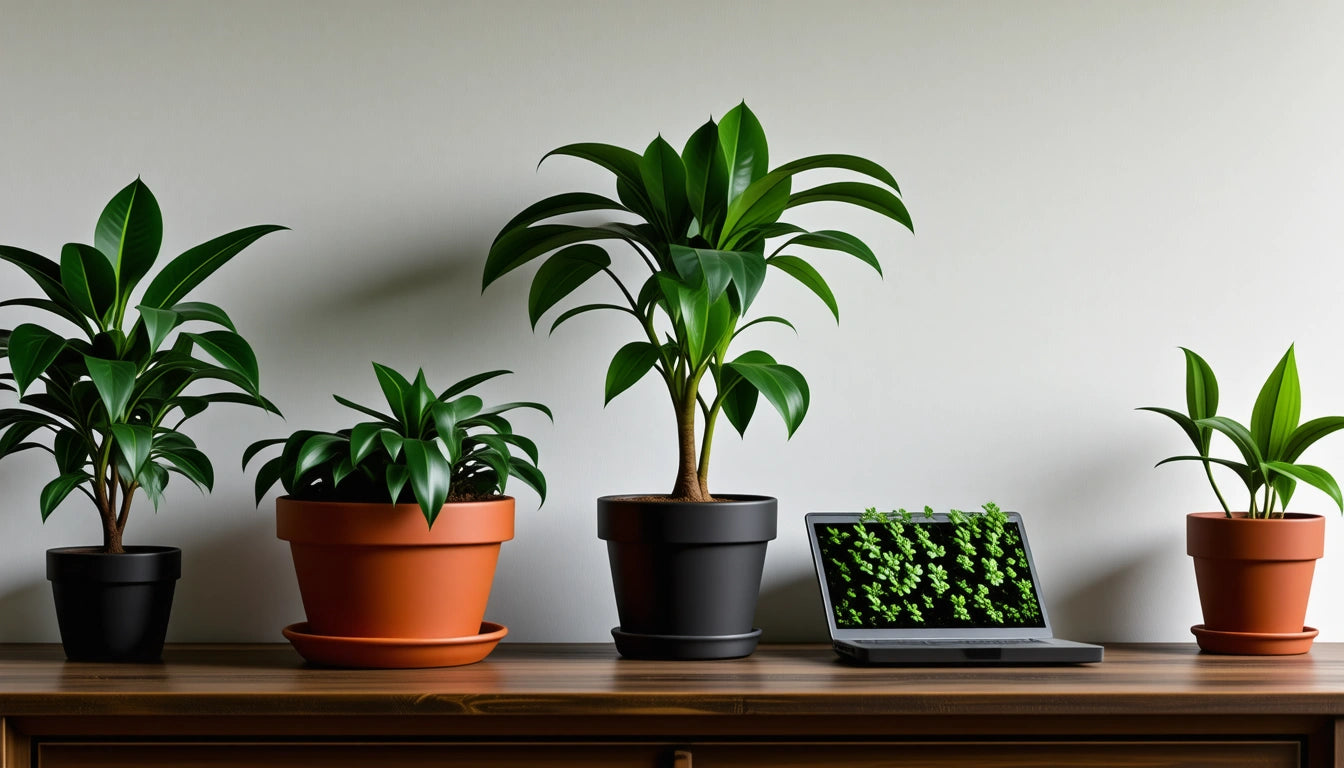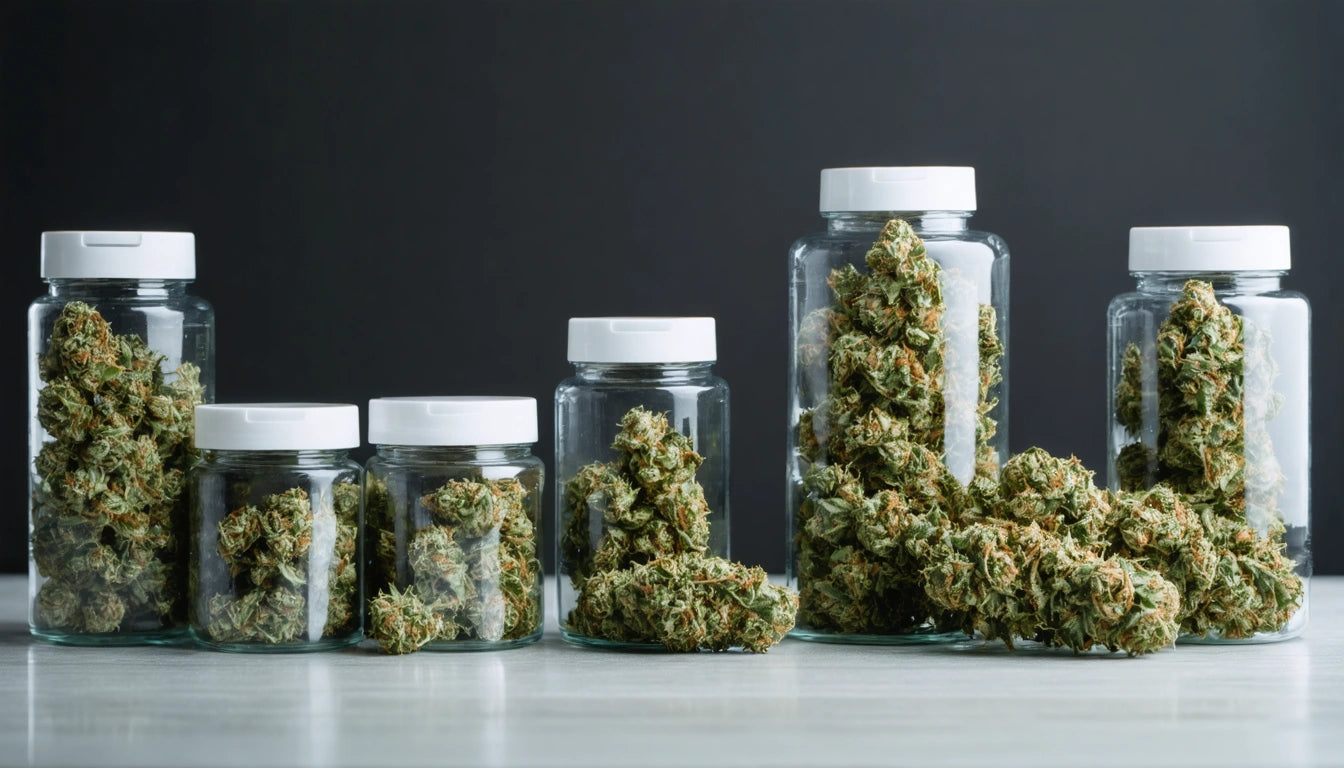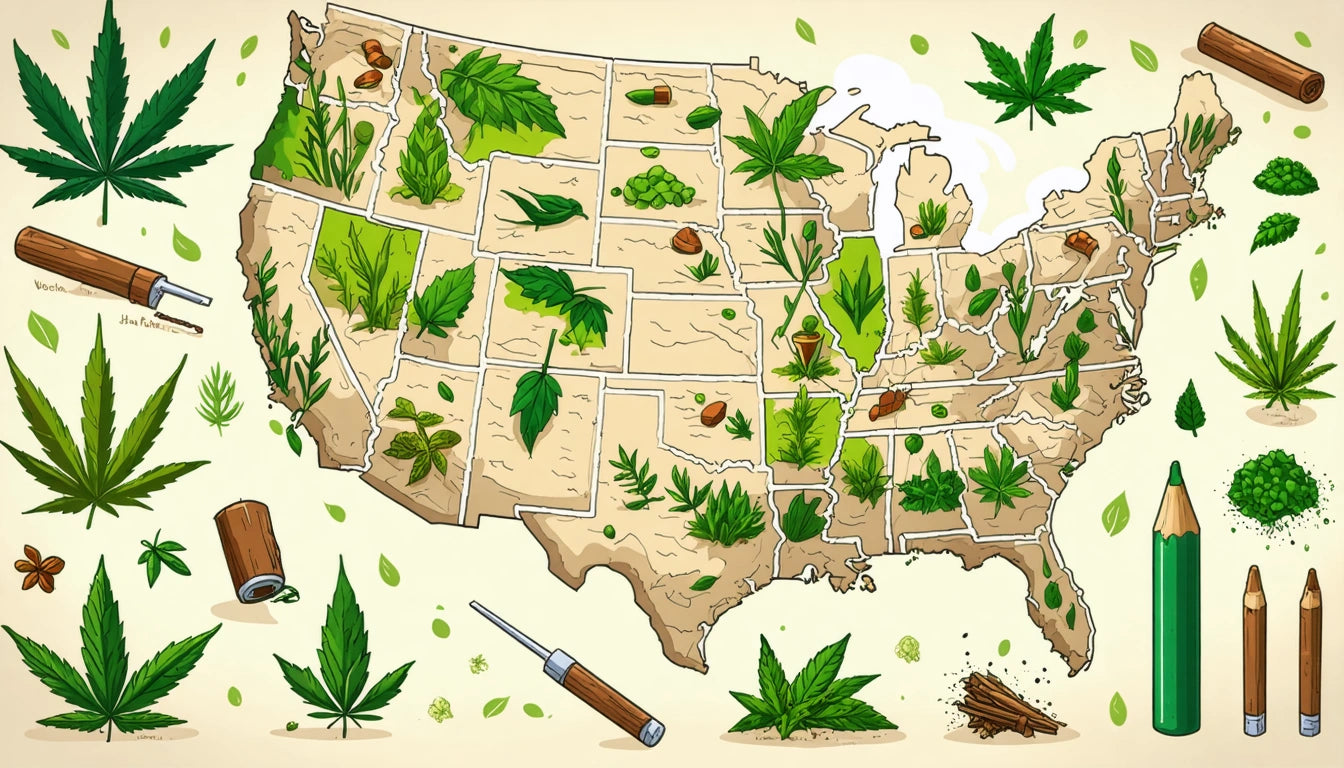Table of Contents
Understanding Internodes: The Key to Plant Structure
Plant morphology contains many specialized structures that contribute to overall growth and development. Among these, internodes play a crucial role in determining plant height, strength, and even productivity. Understanding what an internode on a plant is provides valuable insights for gardeners, cultivators, and botanists alike.
What Are Internodes in Plants?
An internode is the stem section between two nodes on a plant. Nodes are the points where leaves, branches, and reproductive structures emerge from the stem. The internode, therefore, is the connecting segment that separates these important junctions. In essence, if nodes are the "joints" of a plant, internodes are the "limbs" that give plants their height and structure.
Internodes vary significantly across plant species. Some plants have short, compact internodes resulting in a bushy appearance, while others have long internodes creating tall, lanky growth patterns. This variation is not just a matter of aesthetics but significantly impacts a plant's ability to access light, transport nutrients, and support its weight.
Anatomical Structure of Internodes
Internodes consist of several tissue types arranged in specific patterns:
- Epidermis: The outer protective layer
- Cortex: Storage tissue beneath the epidermis
- Vascular bundles: Contain xylem and phloem for water and nutrient transport
- Pith: Central supportive tissue
This structure allows internodes to fulfill their dual role of support and transport within the plant's overall architecture. For a comprehensive look at how internodes relate to other plant structures, understanding plant nodes provides valuable context.
Function and Importance of Internodes
The internode of a plant serves several critical functions:
Structural Support
Internodes provide the height and structure that allow plants to compete for light. Their length and strength determine how well a plant can support itself and resist environmental stressors like wind and rain.
Resource Transport
As part of the stem system, internodes contain vascular tissues that transport water, nutrients, and photosynthetic products throughout the plant. This connection between nodes ensures that resources reach all parts of the plant efficiently.
Growth Regulation
Internode elongation is a key mechanism by which plants respond to their environment. Plants can adjust internode length to reach light, avoid shade, or adapt to other environmental conditions.
Factors Affecting Internode Development
Several factors influence how internodes develop:
Light Conditions
Plants grown in low light often develop longer internodes as they "stretch" toward light sources. This phenomenon, known as etiolation, results in taller but weaker plants. Conversely, plants receiving ample light typically develop shorter, stronger internodes.
Hormonal Regulation
Plant hormones, particularly gibberellins and auxins, regulate internode elongation. These hormones respond to environmental cues and genetic programming to determine internode length.
Nutritional Status
Nutrient availability affects internode development. Nitrogen-rich environments often promote longer internodes, while phosphorus and potassium contribute to stronger, more robust internode tissue.
Understanding these factors is essential for cultivators looking to manipulate plant structure for optimal growth, as detailed in resources about indoor cultivation techniques.
Internodes in Cannabis Cultivation
In cannabis cultivation, internodes are particularly important markers of plant health and development. Cannabis plants with optimal internode spacing allow for better light penetration to lower branches and improved air circulation, reducing the risk of mold and mildew.
Strain Variations
Different cannabis strains show distinct internode patterns:
- Sativa-dominant strains typically have longer internodes, contributing to their taller stature
- Indica-dominant strains usually display shorter internodes, resulting in bushier plants
- Hybrid strains show intermediate characteristics depending on their genetic makeup
These differences are important considerations when distinguishing between plant types and planning cultivation spaces.
Training Techniques
Many cannabis training techniques specifically target internode development:
- Topping: Removes the main growth tip to encourage branching at nodes
- LST (Low-Stress Training): Bends stems to create more even canopies
- ScrOG (Screen of Green): Uses screens to manage canopy height and internode spacing
These techniques help cultivators maximize yield by optimizing light exposure and plant structure. For more specific information on identifying plant characteristics, learning to distinguish male and female plants is essential knowledge.
Measuring and Monitoring Internode Growth
Accurate measurement of internodes provides valuable data for plant health assessment and growth tracking. Professional cultivators often use precise tools to monitor internode development as an indicator of overall plant health and growing conditions.
For accurate measurements, many cultivators rely on precision digital measurement tools that can track even small changes in plant development. These tools help growers maintain consistent records and make data-driven decisions about environmental adjustments.
Internode Measurement Techniques
- Manual measurement with rulers or calipers
- Photographic documentation with reference scales
- Digital tracking systems that record growth patterns over time
Regular monitoring allows cultivators to detect problems early, such as stretching from insufficient light or stunted growth from nutrient deficiencies.
Practical Applications of Internode Knowledge
Understanding what an internode is and how it functions has several practical applications in plant cultivation:
Diagnosing Plant Health Issues
Abnormal internode development often signals underlying problems:
- Excessive elongation may indicate light deficiency
- Shortened, compressed internodes could suggest light stress or certain nutrient imbalances
- Irregular spacing might point to inconsistent growing conditions or pest damage
Optimizing Growing Environments
Knowledge of internode behavior helps cultivators create ideal growing environments by adjusting:
- Light intensity and spectrum
- Temperature and humidity levels
- Nutrient formulations
- Training and pruning schedules
By understanding the relationship between environmental factors and internode development, growers can create conditions that promote optimal plant architecture and productivity. This knowledge connects to broader ecological understanding of plant roles in ecosystems.
Mastering internode management is more than just technical knowledge; it's an essential skill for anyone serious about optimizing plant growth and development. Whether you're growing ornamentals, vegetables, or cannabis, the humble internode is truly the backbone of successful cultivation practices.











Leave a comment
All comments are moderated before being published.
This site is protected by hCaptcha and the hCaptcha Privacy Policy and Terms of Service apply.